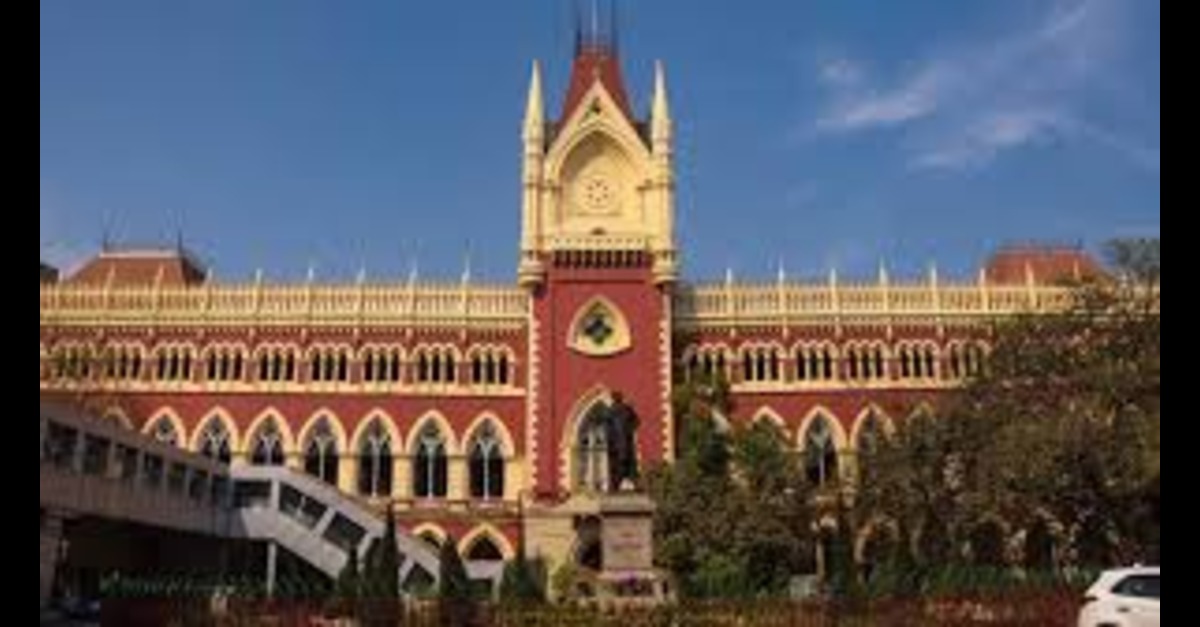Case name: West Bengal State vs. Radha Kanta Bera.
Radha Kanta Bera and the State of West Bengal.
Case number: Criminal Appeal (DB) No. 169 of 2023, Death Reference No. 02 of 2023 which also is Criminal Appeal (DB) No. 169 of 2023 which also includes Death Reference No. 02 of 2023 .
Judgment date: July 22nd 2025.
Judges: Hn’ble Justice Debangsu Basak.
Hon’ble Justice Md. Shabbar Rashidi
Introduction
This issue at hand is a death reference which came from the trial court and also a criminal appeal put forth by the convict Radha Kanta Bera. Appellant was found guilty of the elderly relative’s death which he was charged with practicing witchcraft. The murder which included the victim’s beheading with a chhora (large knife) saw the trial court pass a death sentence. High Court had the job of upholding the conviction and also to relook into the issue of the death penalty in accordance to legal principles.
Issues for Determination
Whether it was proven beyond a reasonable doubt that the appellant is guilty.
Whether the defense was able to present reliable witness testimony that supported the conviction.
Whether in terms of the “rarest of rare” doctrine did the trial court impose the death penalty.
Legal Provisions Involved
Section 302 of the Indian Penal Code (IPC) Penalty for murder.
Section 201 of the Indian Penal Code Causing disappearance of evidence of offense.
Section 120B, IPC – Criminal conspiracy
Section 27 of Indian Evidence Act Disclosure of fact as a result of information from accused while in custody.
Appellant’s Arguments
The appellant put forth that the prosecution’s case was mainly based on the testimonies of biased witnesses in particular PWs 1 and 3 which are the deceased’s relatives. Also in these reports were many inconsistencies and no independent or neutral eyewitnesses came forward. Also the issue of the murder weapon’s recovery was not done in accordance to what Section 27 of the Evidence Act requires. Also we saw that key prosecution witnesses (PWs 11 and 12) did not back up the prosecution case and also were not declared as hostile which in turn weakens the whole of their case. Also the appellant brought up that the trial court did not properly use the “rarest of rare” doctrine which is related to the issue of dole out of the death sentence and also did not look at the issue of reformation.
Respondent’s Arguments
The State put forth that the conviction was based on the which in their view were credible and continuous oculist reports by PWS 1, 2, and 3 that also played with the other material that came out of the post mortem report and forensic results. What the witnesses reported as to the injuries exactly played out in the medical evidence given by PW13, Dr who performed the post mortem. Also the recovery of the appellant’s motorcycle at the crime scene, and his later vanishing, added up to the total picture. Although there were procedural errors in the recovery of the weapon which was at the crime scene, they did not in the end add up to a case against the very strong body of proof that was presented of guilt.
Court’s Analysis
The High Court supported the trial court’s determinations of guilt, which it said was supported by the eye witness accounts that were presented which we note did have slight variations, but also for the most part were very consistent. We also report that minor differences in statements are natural and did not for the most part break the prosecution’s case in fact. Medical evidence that was put forth supported that the victim in fact had been decapitated. While the fact that the weapon was recovered and formally proven under Sec. 27 of the Evidence Act is not a given in this case, what did go forward is that the rest of the presented evidence which included the accused at the scene and his flight was in fact sufficient to support the conviction.
In that which the High Court looked into it was found that the trial court had not determined if the case met the “rarest of rare” standard. Also brought to bear were Supreme Court precedents in Bachan Singh v. State of Punjab, Raja Nayak v. State of Karnataka, and Manoj v. State of Madhya Pradesh which stress on the importance of looking at mitigating factors. Which included the appellant’s young age (28 years) at the time of the offense, his mental state post which may have played a role, lack of past criminal record, good behavior in prison, and socio economic background. These put forth that the appellant is a person beyond reformation.
Judgment
The Supreme Court upheld the conviction of the appellant which was under Section 302 of the IPC. But it also changed the death sentence to life imprisonment which it held did not fit into the “rarest of rare” category which is a pre-requisite for awarding capital punishment. The appellant will serve a life term which will include the time he has already spent in custody as per the provisions of Section 428 of the CrPC.
Conclusion
The case reports that which of the death penalty is applied with care is of great import and also that which receives it must be in the most extreme of cases. Although the appellant was found guilty beyond a reasonable doubt the High Court reported that he showed signs of reform which in turn warranted a lesser sentence. The balance of justice, fair play, and constitutional values led to the commutation of the death penalty to life imprisonment.
PRIME LEGAL is a full-service law firm that has won a National Award and has over 20 years of experience in various sectors and practice areas. Prime Legal falls into the category of best law firm, best lawyer, best family lawyer, best divorce lawyer, best criminal lawyer, best criminal law firm, best consumer lawyer, best civil lawyer.”
WRITTEN BY AYUSHI TRIVEDI


